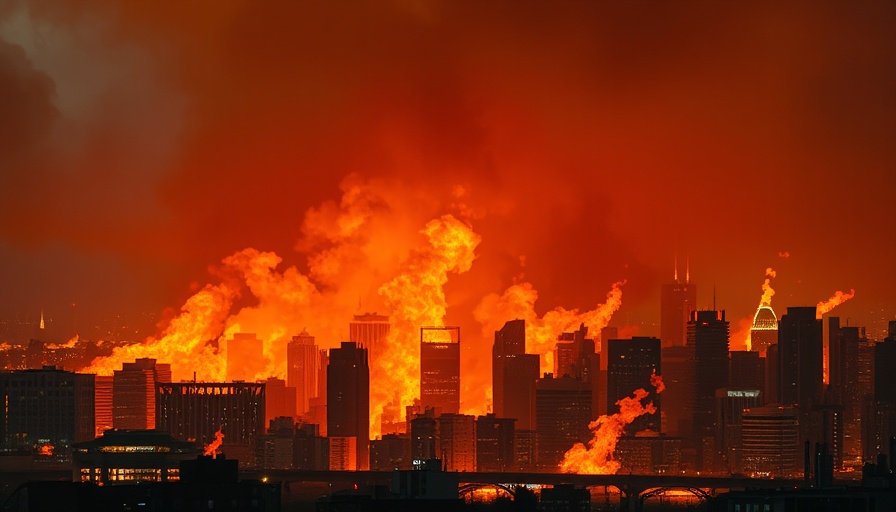
Understanding Long Beach's Unique Disaster Risks
Long Beach, California, faces a challenging reality as catastrophic wildfires ravage surrounding areas. The recent wildfires in Altadena and Pacific Palisades—leading to over 29 fatalities, displacing thousands, and causing damages estimated between $28 billion to $53.8 billion—highlight the imperative for disaster preparedness across Southern California.
Investments in Resilience: The City's Response
While wildfires might not pose an immediate threat to Long Beach itself, the city must prepare for flooding and earthquakes. Notably, with climate change leading to rising sea levels, areas like Naples, the Peninsula, and Belmont Shore could face an increase in flooding, often exacerbated by winter storms. Michael Bohn, an architect with Studio One Eleven, emphasizes that Long Beach has learned from history, particularly the devastating earthquake of 1933 which reshaped building codes and hazard-response strategies.
Revizing Building Codes for Safety and Compliance
In light of the damage caused by recent wildfires, California Governor Gavin Newsom has prioritized quick reconstruction by streamlining environmental regulations. Most homes in the affected areas were built before modern safety standards were implemented. Long Beach is likely to benefit from similar efforts to update building codes, ensuring better disaster resistance in future constructions.
The Importance of a Modern Stormwater System
To address the quickly evolving landscape of climate risks, Long Beach is focusing on enhancing its stormwater system. The LBMUST (Long Beach Must) initiative aims to improve the city’s capabilities to handle severe weather phenomena caused by both climate change and natural flooding triggers. This forward-thinking approach demonstrates the city’s commitment to mitigating future damage.
Are Residents Prepared for the Unexpected?
Awareness is the first step towards enhancement in disaster readiness. Residents are encouraged to familiarize themselves with safety protocols and evacuation plans. The city’s officials should prioritize education around the unique hazards Long Beach faces, ensuring that community members are not only informed but responsive.
Fostering Community Efforts in Disaster Preparedness
The repercussions of a natural disaster can be catastrophic—underscoring the need for cohesive community preparedness initiatives. Local organizations and government agencies can play a pivotal role in cultivating a preparedness culture among residents. This includes hosting workshops to educate residents on disaster kits and emergency communication, solidifying community ties in times of crisis.
Long Beach’s strategy of actively pursuing disaster preparedness by upgrading infrastructure, revising building codes, and enhancing community awareness sets a vital precedent. While Long Beach faces its unique threats, awareness combined with planning can significantly curb the potential impact of disasters.
 Add Row
Add Row  Add
Add 




Write A Comment